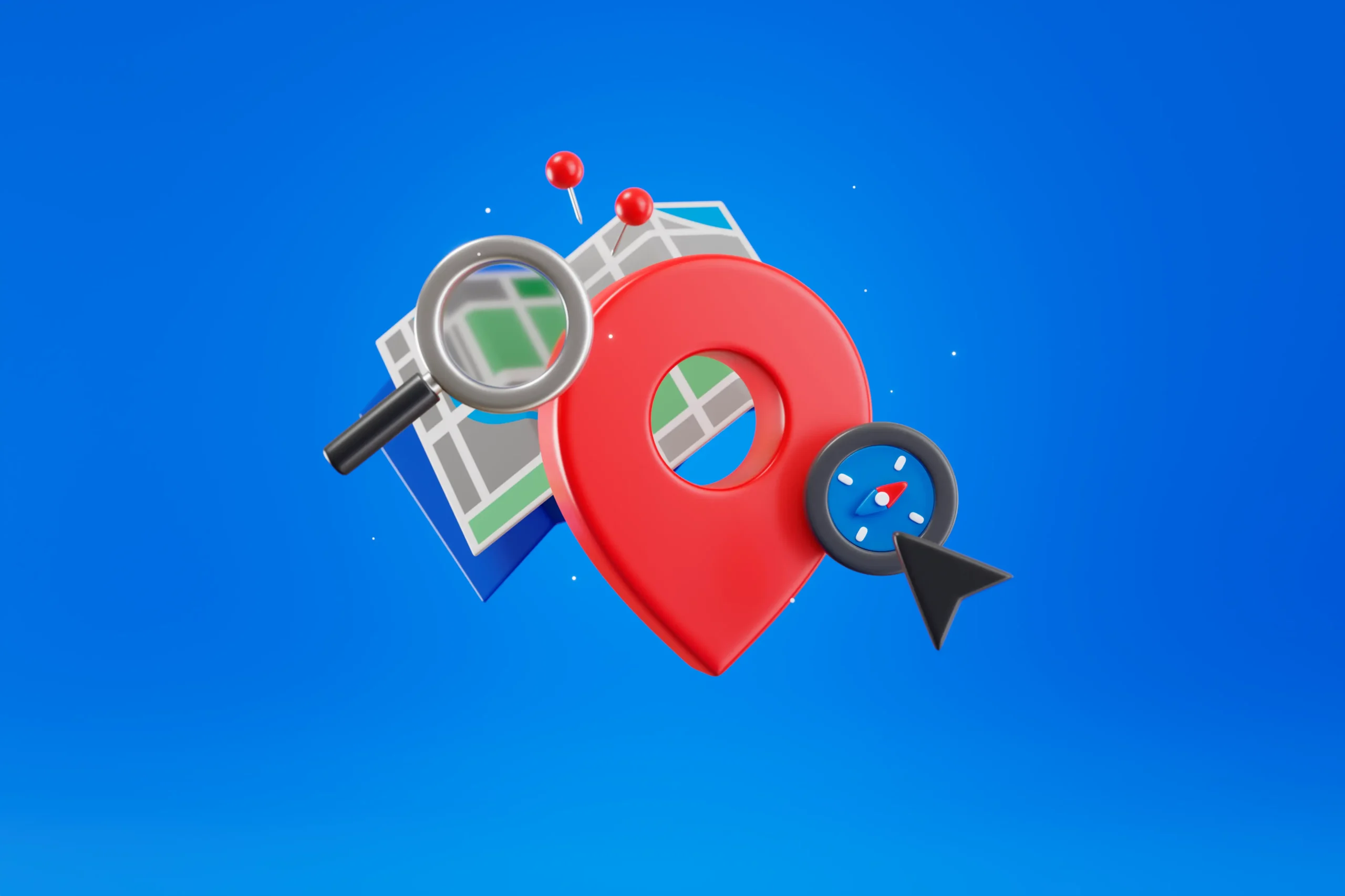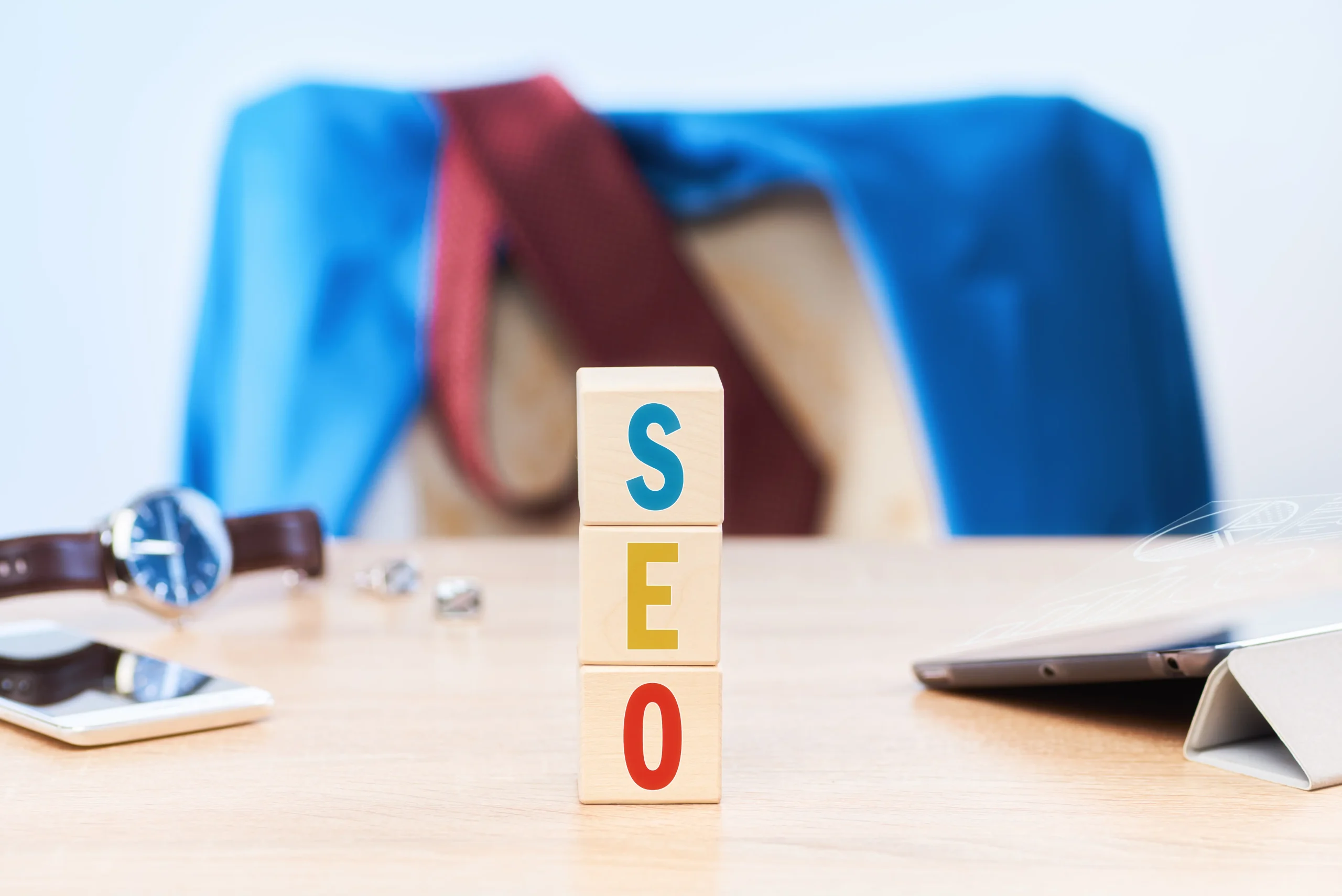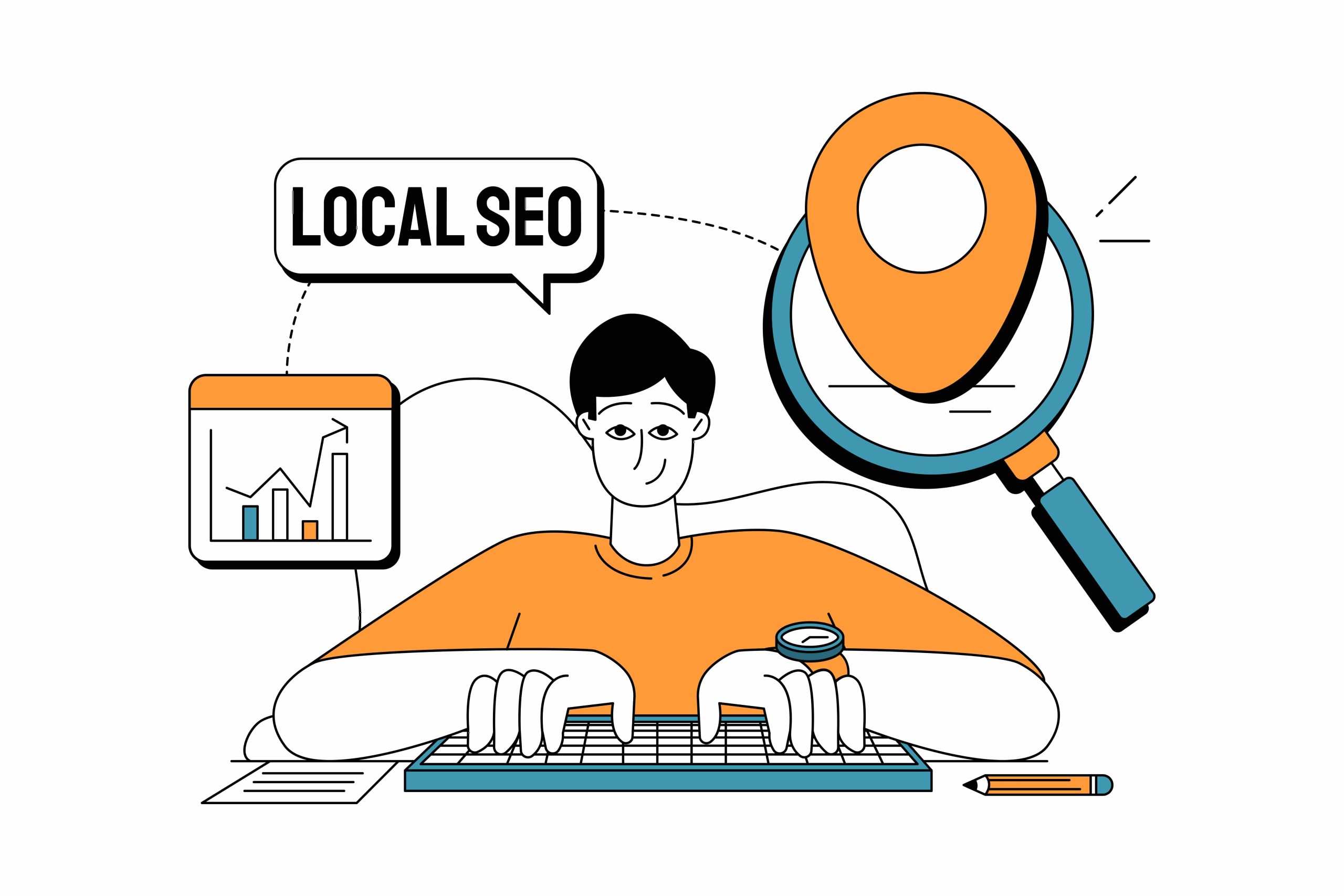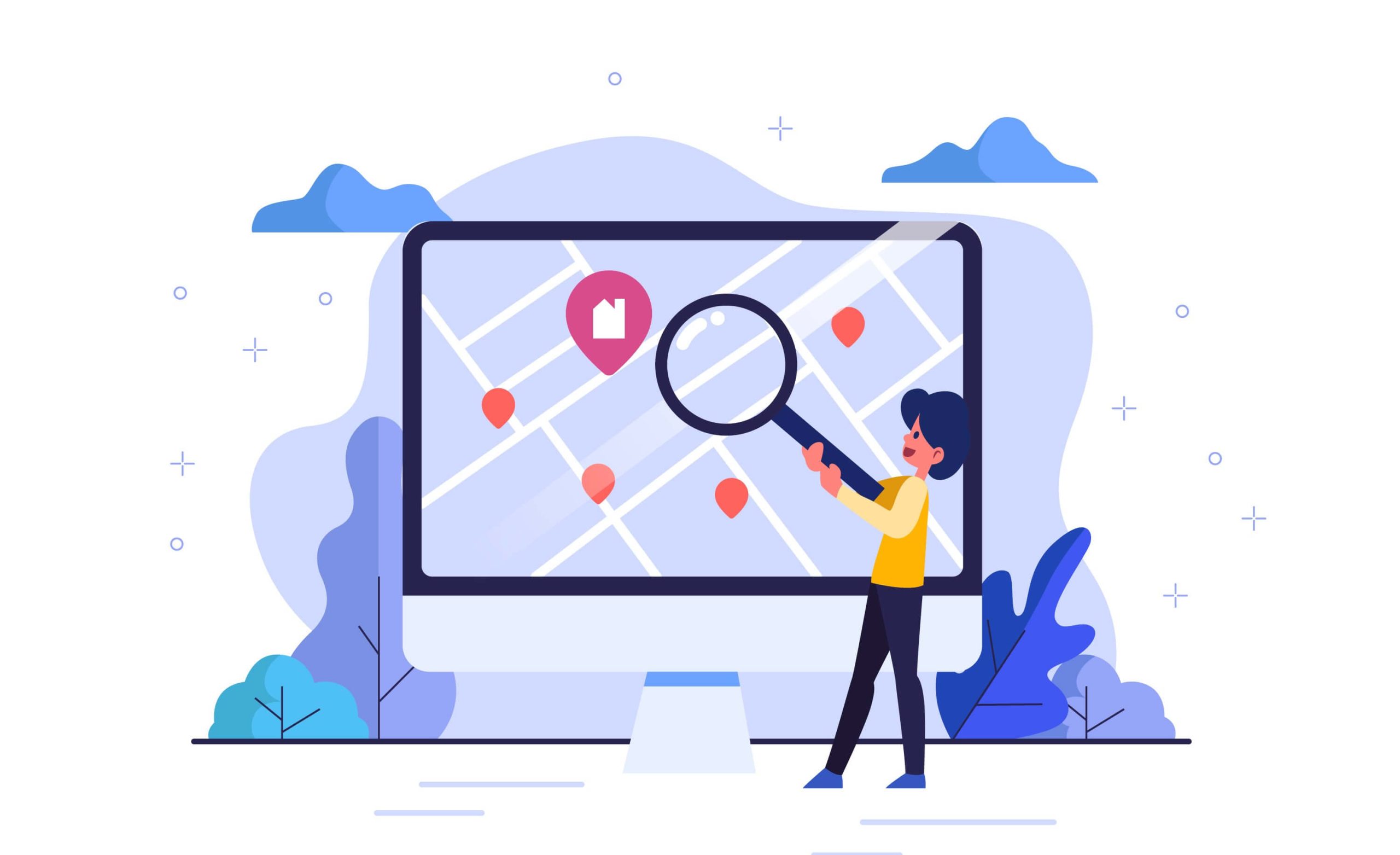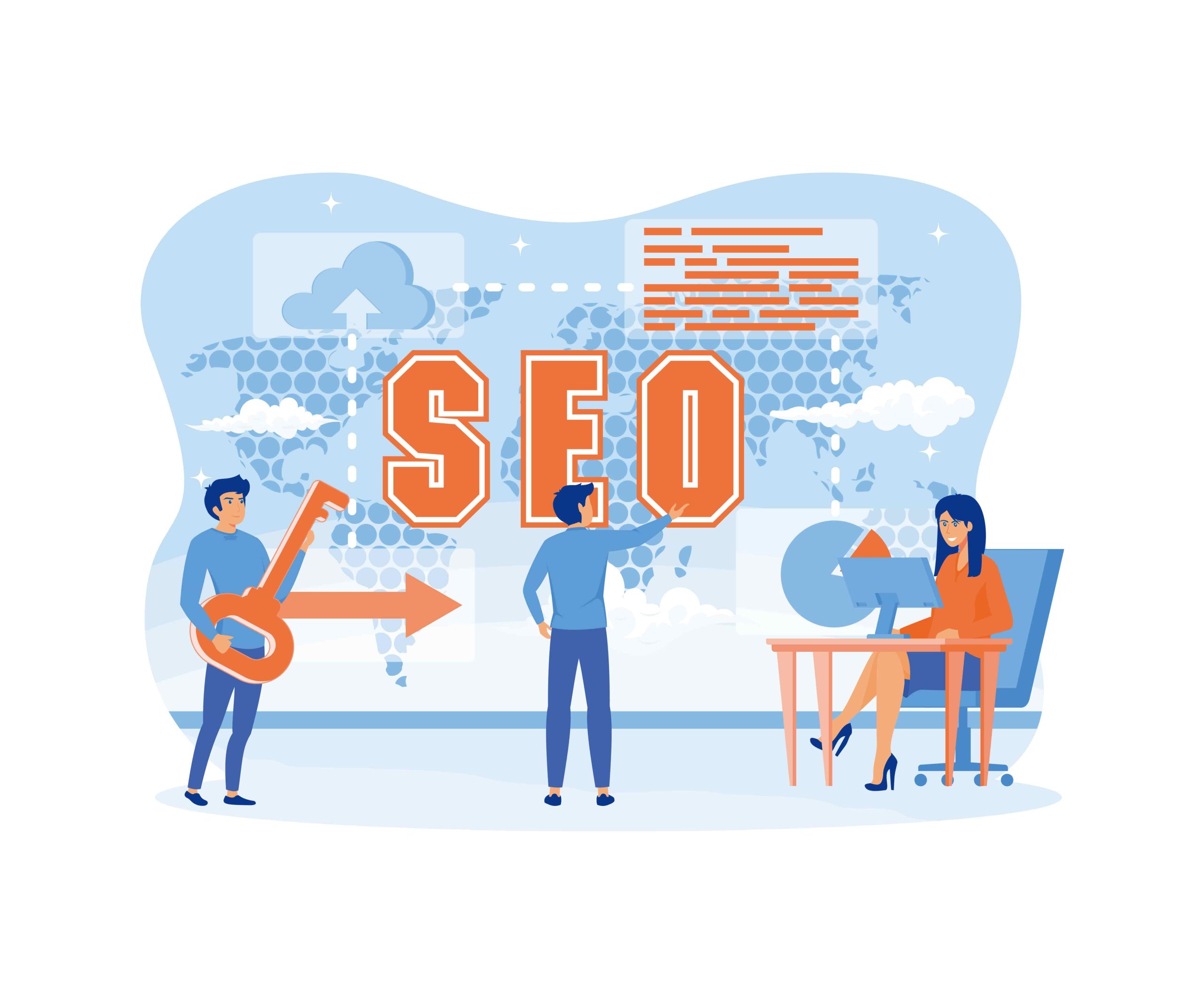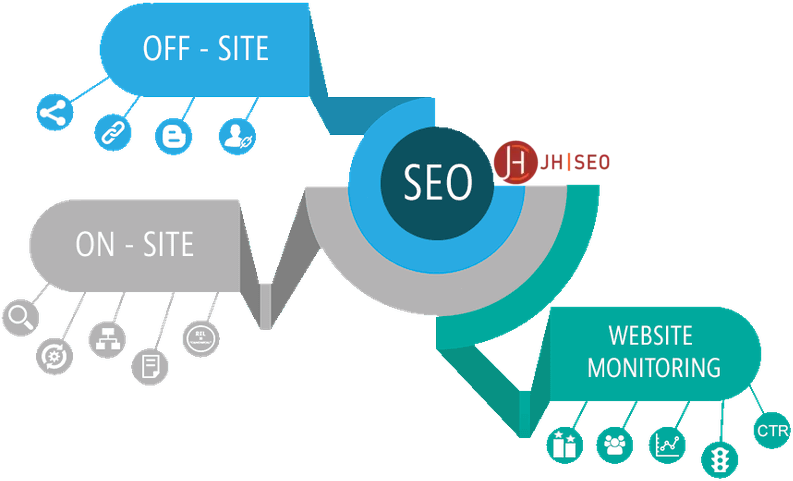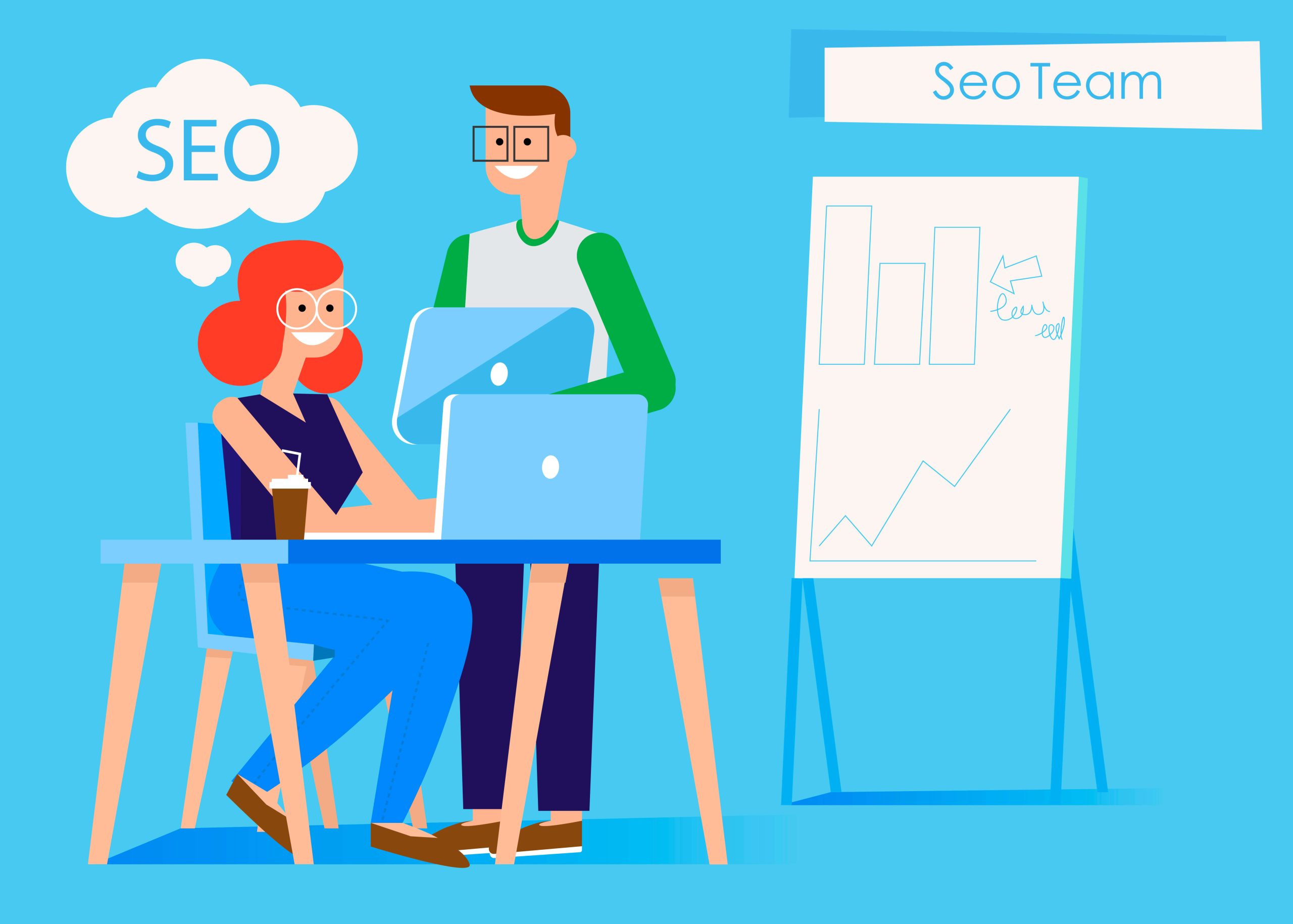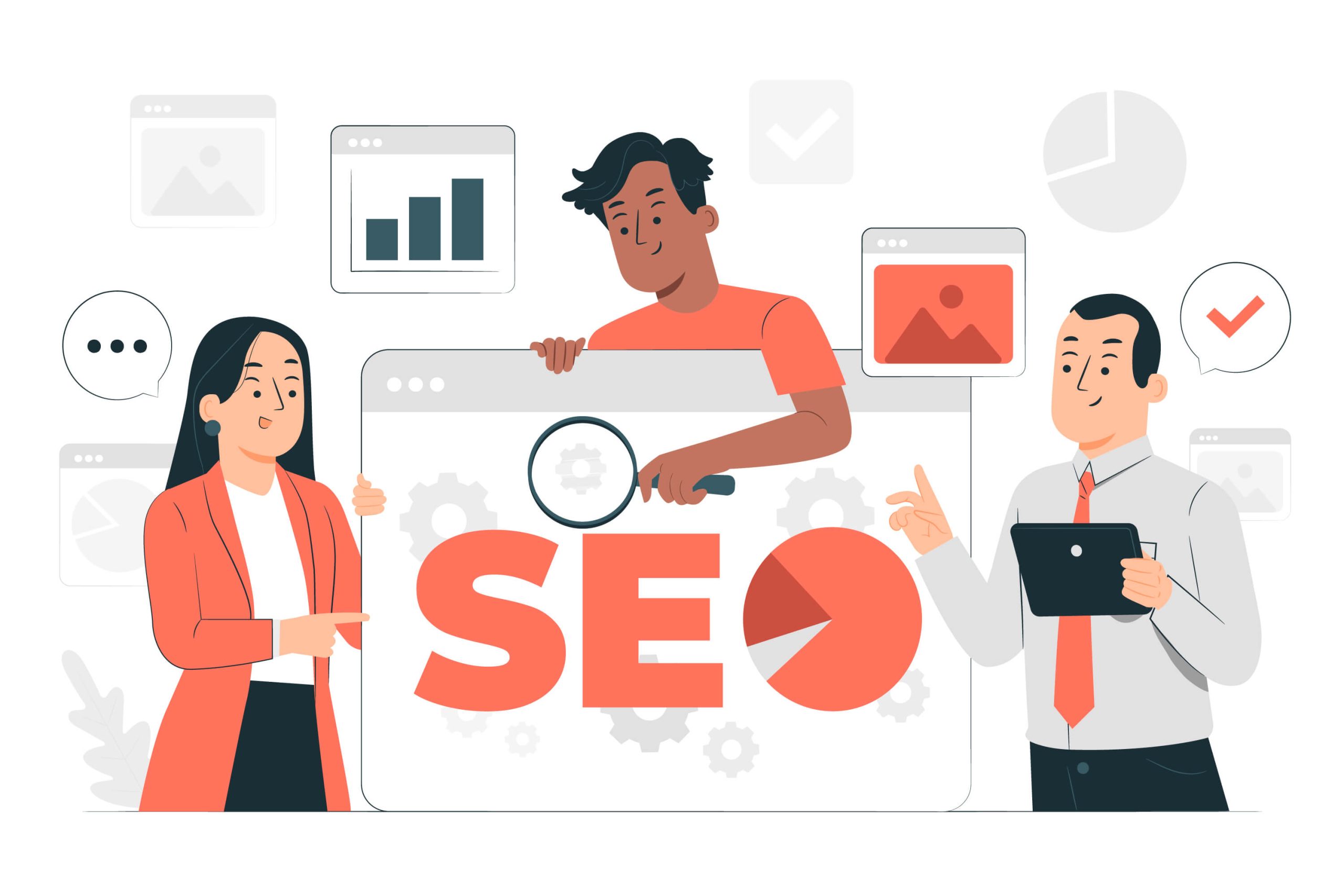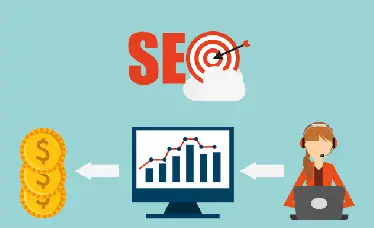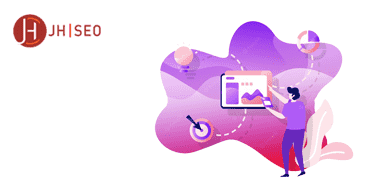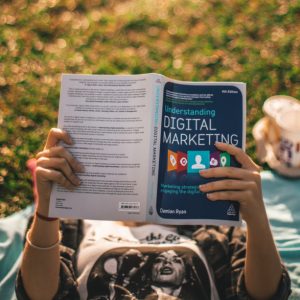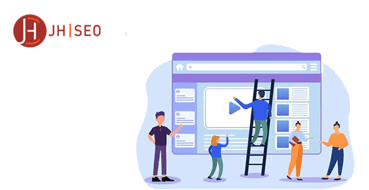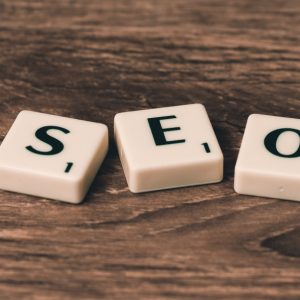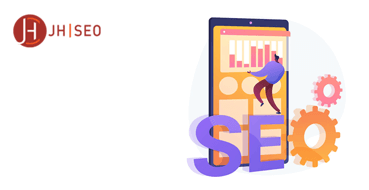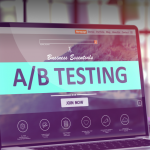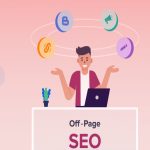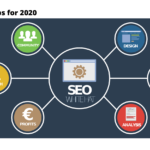In today’s digital landscape, online visibility is crucial for businesses looking to attract customers and stay competitive. With millions of searches conducted on Google daily, having a strong presence in search results can directly impact brand awareness, lead generation, and revenue. However, achieving and maintaining visibility requires a strategic approach that combines both paid and organic methods.
Google Ads and Search Engine Optimization (SEO) are two of the most powerful digital marketing strategies available. While Google Ads provides immediate exposure through paid placements, SEO focuses on building long-term authority and organic rankings. Many businesses treat these strategies separately, but when used together, they create a powerful synergy that maximizes return on investment (ROI). By leveraging the instant results of Google Ads alongside the sustainable growth of SEO, businesses can dominate search engine results pages (SERPs) and achieve long-term success.
Google Ads: What Is It and How Does It Work?
Google Ads is an online advertising platform developed by Google that allows businesses to display their ads on Google Search, YouTube, and other partner websites. It operates on a pay-per-click (PPC) model, meaning advertisers only pay when users click on their ads. This makes it a cost-effective way to drive targeted traffic to websites, generate leads, and increase sales.
Pay-Per-Click (PPC) Model and Bidding System
Google Ads operates on an auction-based system where advertisers bid on specific keywords related to their products or services. When a user searches for a keyword, Google determines which ads to display based on several factors:
- Bid Amount: The maximum amount an advertiser is willing to pay per click.
- Quality Score: A rating based on the relevance of the ad, landing page experience, and historical performance.
- Ad Rank: A combination of bid amount, Quality Score, and expected impact of ad extensions.
Higher-quality ads with better relevance can achieve higher positions in search results at a lower cost, making Quality Score a crucial factor in campaign success.
How Ads Appear on Google’s Search Results and Partner Websites
Google Ads can appear in multiple locations, providing businesses with extensive reach:
- Search Ads: Displayed at the top and bottom of Google search results when users enter relevant queries.
- Display Ads: Visual banner ads are shown on Google’s Display Network, which includes millions of partner websites.
- Shopping Ads: Product-based ads that showcase images, prices, and store information for eCommerce businesses.
- Video Ads: Appearing before, during, or after YouTube videos.
- Performance Max Campaigns: Automated campaigns that optimize ad placement across multiple Google platforms.
By strategically using Google Ads, businesses can drive immediate traffic, improve brand visibility, and target the right audience at the right time.
Google Ads Campaigns: How to Structure for Maximum ROI
A well-structured Google Ads campaign is essential for maximizing return on investment (ROI). Proper planning ensures that ads reach the right audience, generate high-quality leads, and optimize spending. To achieve this, businesses must carefully choose the right campaign type, develop a solid keyword strategy, craft compelling ad copy, and manage bidding and budget allocation effectively.
Selecting the Right Campaign Type
Google Ads offers several campaign types, each designed to serve different business goals. Choosing the right one depends on the target audience and desired outcomes:
- Search Campaigns: Text-based ads that appear on Google search results when users enter relevant queries. Ideal for capturing high-intent traffic.
- Display Campaigns: Visual ads that appear across Google’s Display Network, which includes millions of websites and apps. Best for brand awareness and retargeting.
- Shopping Campaigns: Product-based ads that showcase images, prices, and store details in Google Shopping results. Effective for eCommerce businesses.
- Video Campaigns: Ads displayed on YouTube before, during, or after videos. Useful for storytelling and brand engagement.
- Performance Max Campaigns: AI-driven campaigns that optimize ad placements across multiple Google platforms, including Search, Display, YouTube, and Shopping. Suitable for businesses looking for automation and broader reach.
Developing an Effective Keyword Strategy
Keywords play a crucial role in Google Ads’ success. A well-researched keyword strategy ensures ads are shown to users actively searching for relevant products or services. Key considerations include:
Match Types:
- Broad Match: Reaches the widest audience but may show ads for loosely related searches.
- Phrase Match: Targets searches that include a specific phrase, allowing for slight variations.
- Exact Match: Shows ads only when users search for an exact keyword, ensuring precision.
Negative Keywords: Excluding irrelevant terms prevents wasted ad spend and improves targeting.
Long-Tail Keywords: Less competitive, highly specific keywords that attract more qualified leads.
Writing Compelling Ad Copy
The effectiveness of an ad largely depends on the quality of its copy. Well-crafted ad text should:
- Be clear and engaging: Address the user’s intent and offer a solution.
- Include a strong call-to-action (CTA): Encourage users to take the next step (e.g., “Buy Now,” “Get a Free Quote”).
- Highlight unique selling points (USPs): Showcase what makes the product or service stand out.
- Utilize ad extensions: Add extra information such as phone numbers, site links, and promotions to enhance visibility.
Managing Bidding Strategies and Budget Allocation
Bidding and budgeting strategies directly impact an ad campaign’s performance and cost-effectiveness. Businesses should:
Choose the right bidding strategy:
- Manual CPC: Provides full control over bid amounts but requires constant monitoring.
- Enhanced CPC: Adjusts bids based on the likelihood of conversion.
- Maximize Clicks: Aim to get the most clicks within the budget.
- Target ROAS (Return on Ad Spend): Focuses on maximizing revenue for every dollar spent.
Set a realistic budget: Align spending with campaign goals while monitoring performance metrics.
Monitor and adjust bids: Regularly optimize based on conversion data and market trends.
By structuring Google Ads campaigns strategically, businesses can improve ad performance, reduce costs, and generate higher ROI.
Search Ads: How Do They Help Businesses Gain Visibility?
Search Ads are a core component of Google Ads, designed to help businesses appear at the top of search engine results when users enter relevant queries. These text-based ads are displayed above or below organic search results and are marked with a small “Ad” label. Since they appear at the exact moment users are searching for a product or service, they offer businesses an effective way to capture high-intent traffic and drive immediate results.
Benefits of Search Ads
1. Immediate Visibility
One of the biggest advantages of Search Ads is their ability to provide instant exposure. Unlike SEO, which takes time to improve rankings, Google Ads allows businesses to appear on page one of search results as soon as their campaign is launched. This is particularly beneficial for:
- New businesses that need immediate traffic and brand awareness.
- Seasonal promotions where timing is critical.
- Competitive industries where organic ranking may take longer to achieve.
2. Targeting High-Intent Users
Search Ads are highly effective because they reach users who are actively searching for solutions. Unlike display or social media ads, which target users based on interests, Search Ads are triggered by specific queries, ensuring that businesses connect with customers at the right moment. This leads to:
- Higher engagement rates since users already need the product or service.
- Better conversion potential as ads are shown to people ready to take action.
- Cost efficiency because businesses only pay when users click on their ad.
3. Driving Conversions and Website Traffic
Since Search Ads target users with clear intent, they are one of the most effective ways to drive conversions. A well-optimized Search Ad campaign can:
- Direct traffic to specific landing pages that match the user’s search intent.
- Encourage phone calls and inquiries for service-based businesses.
- Boost eCommerce sales by leading users directly to product pages.
By leveraging Search Ads, businesses can gain prominent visibility, attract the right audience, and generate meaningful actions that contribute to overall growth and profitability.
Search Engine Optimization (SEO): Why It’s Essential for Long-Term Growth
Search Engine Optimization (SEO) is the process of improving a website’s visibility in organic (non-paid) search results. Unlike Google Ads, which provides instant traffic through paid placements, SEO focuses on optimizing a website to rank higher in search engine results pages (SERPs) over time. This long-term strategy helps businesses attract consistent, high-quality traffic without the ongoing cost of paid advertising. A strong SEO presence enhances credibility, builds brand authority, and increases the chances of appearing for relevant search queries.
Key Components of SEO
SEO consists of multiple factors that work together to improve search rankings and user experience. The three main components of SEO are:
1. On-Page SEO: Optimizing Content for Search Engines and Users
On-page SEO involves optimizing individual web pages to improve their search visibility and relevance. Key elements include:
- High-Quality Content: Creating valuable, informative, and keyword-optimized content that answers user queries.
- Meta Titles and Descriptions: Writing compelling title tags and descriptions to improve click-through rates (CTR).
- Header Tags (H1, H2, H3): Structuring content with clear headings to improve readability and search engine understanding.
- Internal Linking: Connecting related pages within a website to enhance navigation and distribute link equity.
2. Off-Page SEO: Building Authority and Trust
Off-page SEO focuses on factors outside the website that impact search rankings. The most important off-page SEO tactics include:
- Backlinks: Acquiring high-quality links from reputable websites to improve domain authority.
- Social Signals: Engagement on social media platforms that contribute to brand visibility and traffic.
- Guest Blogging and PR: Publishing content on external sites to increase exposure and earn backlinks.
3. Technical SEO: Enhancing Website Performance
Technical SEO ensures a website is optimized for search engine crawlers and provides a smooth user experience. Key technical factors include:
- Site Speed Optimization: Improving page load times to enhance user experience and reduce bounce rates.
- Mobile-Friendliness: Ensuring the website is fully responsive and performs well on all devices.
- Structured Data (Schema Markup): Adding structured data to help search engines understand content and enhance rich search results.
By investing in SEO, businesses can achieve sustainable organic growth, build long-term credibility, and reduce reliance on paid advertising. While SEO takes time to show results, its long-term benefits make it a crucial component of any digital marketing strategy.
How Google Ads and SEO Work Together to Maximize ROI
While Google Ads and SEO are often seen as separate strategies, combining them creates a powerful synergy that maximizes return on investment (ROI). Google Ads delivers immediate visibility and traffic, while SEO builds long-term credibility and organic reach. When used together, these strategies reinforce each other, improving overall search presence, optimizing marketing spend, and increasing conversions.
Ensuring Visibility Through Both Paid and Organic Search Results
One of the main benefits of integrating Google Ads and SEO is the ability to dominate search engine results pages (SERPs) by appearing in both paid and organic listings. This dual approach:
- Increases brand exposure, as users see the business in multiple search results.
- Improves click-through rates (CTR) by reinforcing trust and recognition.
- Reduces reliance on paid ads over time, as SEO efforts grow and organic traffic increases.
By occupying more space in search results, businesses can outshine competitors and capture more potential customers at different stages of their buying journey.
Using Google Ads Data to Refine SEO Strategy
Google Ads provides valuable insights that can help refine an SEO strategy. Since paid ads generate instant performance data, businesses can use this information to optimize their organic search efforts. Key benefits include:
- Identifying high-converting keywords: Keywords that perform well in Google Ads can be incorporated into SEO content.
- Understanding user intent: Analyzing which ads and landing pages drive the most conversions helps tailor SEO content to match searcher expectations.
- Testing headlines and meta descriptions: Ad copy that gets high engagement can inspire optimized page titles and meta descriptions for organic listings.
By leveraging Google Ads data, businesses can make data-driven SEO decisions that improve rankings and organic traffic.
Building Brand Trust with Long-Term SEO While Leveraging Paid Ads for Quick Wins
Google Ads delivers immediate results, making it ideal for new businesses, product launches, and time-sensitive promotions. However, once a campaign ends, traffic stops. SEO, on the other hand, provides long-term stability by gradually increasing organic rankings and visibility.
Using both strategies together creates a balanced approach:
- Short-term: Google Ads generates fast leads and sales while SEO efforts build momentum.
- Long-term: SEO reduces the need for paid ads over time by establishing strong organic rankings.
- Enhanced credibility: Users trust organic search results more than ads, but seeing a business in both locations reinforces brand authority.
By strategically combining Google Ads and SEO, businesses can maximize their marketing budget, enhance visibility, and drive sustainable growth. This integrated approach ensures both immediate and long-term success in the digital landscape.
An integrated Google Ads and SEO strategy ensures both short-term and long-term success by combining immediate visibility with sustained organic growth. Google Ads delivers quick results, while SEO builds long-lasting credibility and reduces reliance on paid ads over time. Businesses benefit from increased search dominance, cost efficiency, data-driven optimization, and higher brand trust. By leveraging both strategies, companies can maximize ROI, capture high-intent customers, and establish a strong online presence for sustained growth. Implementing a dual approach is the key to long-term digital marketing success.






















